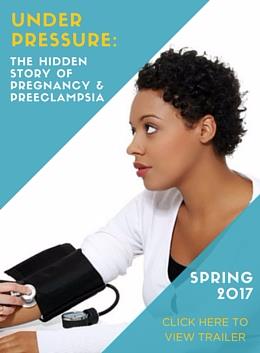With continuously improving healthcare and better access to resources for expectant mothers, global death rates during childbirth have dropped by 45 percent over the past 20 years, according to a recent report by the World Health Organization. While 99 percent of maternal deaths still happen in developing nations, there is still cause for alarm in the U.S. where maternal mortality hasrisenby 136 percent in the past generation. And surprisingly, we’re one of the very few countries to see a jump in that time span.
WHO looked at global data on maternal mortality from organizations like UNAIDS, UNICEF, UNPD, WHO, The World Bank and the Center for International Comparisons at the University of Pennsylvania, United States to determine trends in the death rate. According to the report, there were 12 deaths per 100,000 live births in the United States in 1990, but that number spiked to 28 deaths per 100,000 live births in 2013. While that’s still much less than the global mortality rate of 210 maternal deaths per 100,000 births, it’s a big jump nonetheless.
Experts indicate this might be a statistical anomaly, or the spiking numbers could have to do with a few risk factors on the rise in the United States. “Underlying health conditions like obesity, diabetes, heart and kidney disease are all exacerbated by pregnancy and contribute greatly to maternal mortality,” says ob-gynKecia Gaither, M.D., director of maternal fetal medicine at Brookdale University Hospital and Medical Center in New York. “Delayed childbearing is another. As you get older, there is an increased risk of conditions that occur simultaneously, like diabetes and obesity, and with an increase in these comorbid conditions comes an increased risk of maternal mortality.”
Luckily, steps are being taken to improve these numbers. Gaither says the American College of Obstetrics and Gynecology and the Society of Maternal Fetal Medicine are working on tools to address the rising death rates. At the individual level, women who are pregnant or looking to become pregnant should practice healthy living and get regular evaluations to reduce the odds of complications, says Gaither. “Through the Affordable Care Act, women now have the resources available to seek and afford medical interventions, optimizing their healthpriorto pregnancy,” she says. “Lack of prenatal care is also a major contributor of increased morbidity and mortality—no care and no preventative interventions equates to a poor outcome for mother and baby.”
Check out our pregnancy and fertility page for the latest research and helpful tips so you can have a healthy, happy pregnancy.






